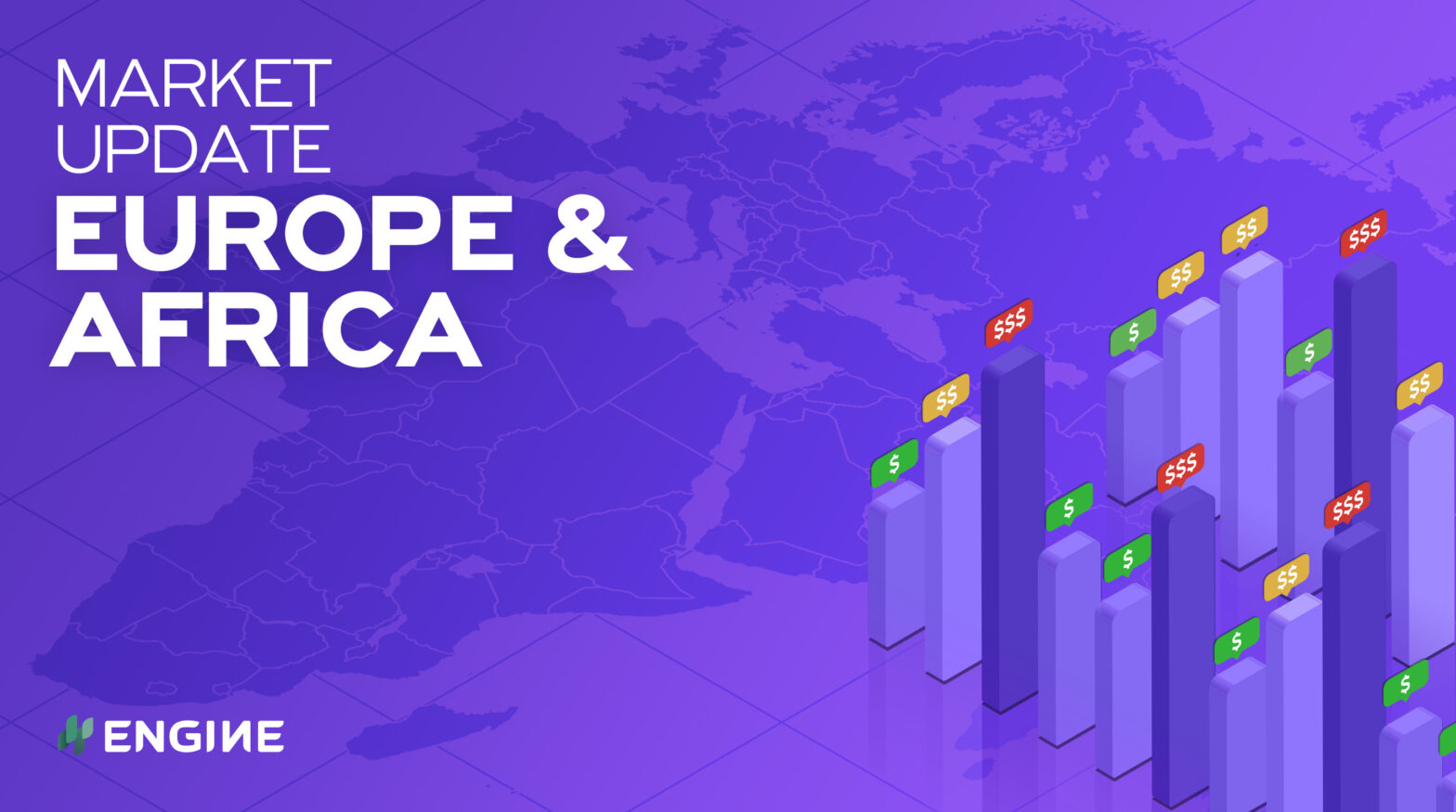European and African bunker prices have been pulled down by Brent over the weekend as the futures contract has slipped from five-week intraday highs.
Changes on the day since Friday to 08.00 GMT today:
- VLSFO prices down in Durban ($35/mt), Rotterdam and Gibraltar ($13/mt)
- LSMGO prices down in Durban ($39/mt), Rotterdam ($11/mt) and Gibraltar ($9/mt)
- HSFO prices down in Rotterdam ($8/mt), Gibraltar ($7/mt) and Durban ($5/mt)
VLSFO prices in Russian Baltic Sea ports have dropped sharply against prices in the ARA since the end of August. St. Petersburg and Ust-Luga’s prices have been at marked discounts to Rotterdam, coming from more similar levels in previous weeks. Their discounts stood at $43-46/mt today.
A bunker supplier in St. Petersburg recently started receiving VLSFO from a new refinery source, which could have added more of the grade to the bunker market and put downward pressure on prices.
Rotterdam’s HSFO380 and LSMGO grades are more competitive, and priced $7-10/mt lower than in St. Petersburg and Ust-Luga.
Several suppliers are running 3-5 hours behind schedule in Gibraltar and Algeciras, but congestion remains minimal with no vessels waiting for bunkers this morning, port agent MH Bland says.
Swell of 2-5-3.5 metres may disrupt bunker deliveries in Algoa Bay today and tomorrow morning. Periods of high swell has complicated bunkering at the anchorage location in recent weeks.
High winds are forecast off Skaw from tomorrow to Thursday morning, and in Novorossiysk in the mornings of Wednesday and Thursday.
Durban’s VLSFO and LSMGO prices have slumped to wide discounts to other South African ports. Its VLSFO price has moved to a $40/mt discount to Port Elizabeth, and its LSMGO to a $30/mt discount.
Brent
Front-month ICE Brent crude has come down by $1.14/bbl on the day since Friday, to $71.95/bbl at 08.00 GMT today.
Brent is down amid pressure from Saudi Aramco’s decision to cut some crude prices by more than expected. Saudi Arabia’s state oil producer lowered its selling price to Asia by more than $1/bbl, hinting at weaker demand.
“While a decrease was expected by the market, the cut was larger than anticipated. A combination of increased Saudi output and soft demand in Asia appears to have contributed to the decrease,” ING head of commodities strategy Warren Patterson said today.
Saudi Arabia and the rest of OPEC+ have stuck to its plan of bringing back 400,000 b/d of output to the market per month going forward, despite US calls to pump more.
US job creation figures undershot analyst predictions when they were published on Friday. 235,000 non-farm payroll jobs were added in August, which was less than a quarter of the 1.05 million new jobs added in July, US Labor Department data showed.
On the supply side, 1.61 million b/d of oil production in the Gulf of Mexico remains shut in after Hurricane Ida lashed across the Gulf and into Louisiana a week ago.
“The impact of the storm on oil output and flows is clearly more significant than the market was expecting,” Patterson said.
104 of the 288 oil platforms that were evacuated in preparation for Ida are still unmanned. Five of 11 evacuated rigs are unmanned.
